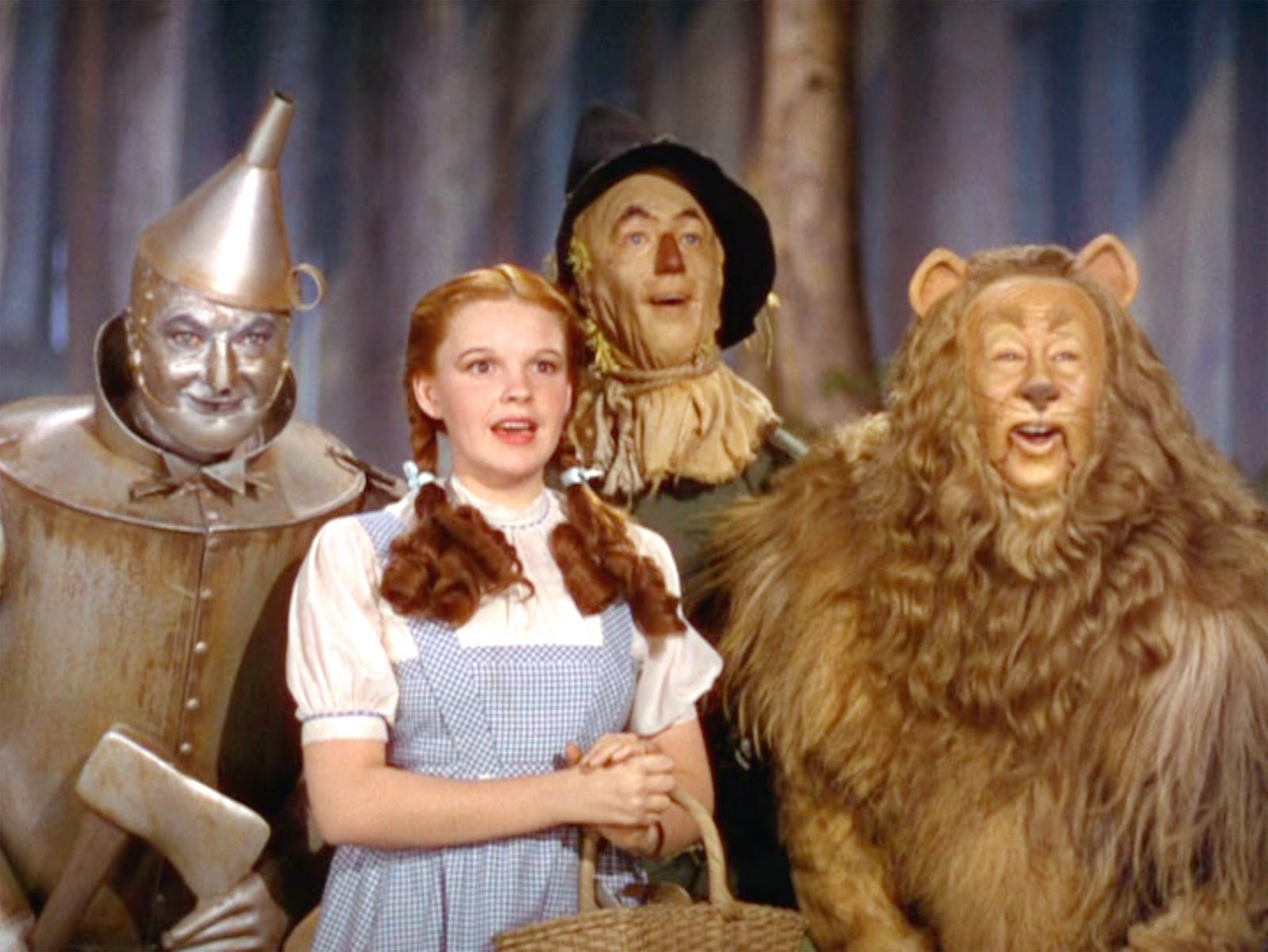Below are some key terms and explanations (with examples) of key film concepts and terms.
The Filmic Image
- Mise-en-scene: Staging. Costuming. Props. Everything you see on screen.
- Frame: the imaginary border of the film. Think about it like a picture frame.
- Shot: a single image of film. Can be any length, but must be unedited.
- Scene: a series of shots which make up part of a narrative.
Lighting
- Light sources: key, fill, back.
- Low-key lighting: high-contrast lighting. Effective to indicate mystery or uncertainty
- High-key lighting: low-contrast lighting: uses all 3 sources to light a shot fully
Shot Lengths and Sizes
- Establishing shot: The largest shot; establishes an area the size of a town or campus.
- Long shot: A large shot which covers a space like a street or a room.
- Medium shot: A shot which captures characters from the knees or wait up. Most commonly used shot in American cinema.
- Close shot: A shot which focuses on a character's face or a specific object.
- Extreme Close-up: A shot which focuses on a small portion of a character's face/body or a specific object.
Camera Angles
- High Angle: a shot from above the subject which looks down.
- Low Angle: a shot from below the subject which looks up.
- Dutch angle: shots which are off-center.
Camera Movements
- Pan shot: a shot which moves left-to-right or up-and-down on a stable axis.
- Tracking shot: a shot which travels forward or backward.
- Zoom: camera zooms in or out on a subject.
Editing
- Narrative editing: standard storytelling
- Montage: clips which are meant to stand in for a story
- Cross-cut: standard cut from shot to shot.
- Fade: shot fades into black or fades from black.
- Iris: shot fades into or out of a specific object on the screen.
- Dissolve: shot fades into the next shot; images are transposed or juxtaposed.
Focus
- Deep: everything in the frame is in focus.
- Soft: one specific object or subject on the screen is in focus.
Sound
- Narration: off-camera speech designed to give context to the images.
- Dialogue: on or off-camera spoken exchange between characters.
- Monologue: on or off-camera speech acts performed by a single character.
- Music: can be diegetic (characters can hear the sound) or non-diegetic (characters can not hear the sound).
- Effects: any sounds which are not spoken or musical; similar to music, can be diegetic or non-diegetic.





No comments:
Post a Comment